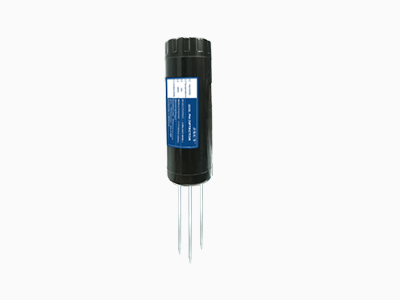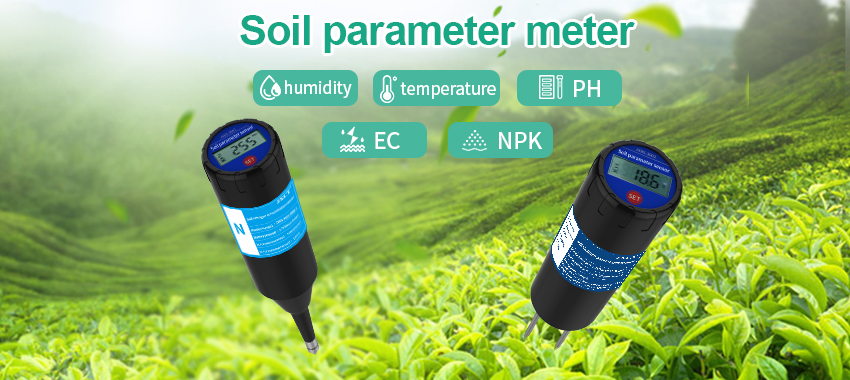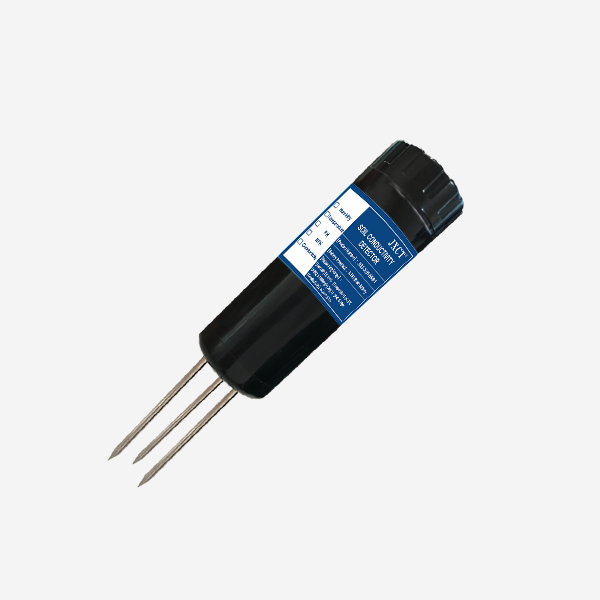Sustainable farming practices are crucial for ensuring food security, conserving natural resources, and mitigating the impacts of climate change. In recent years, soil sensors have emerged as a revolutionary technology that is transforming the way farmers monitor and manage their crops. By providing real-time data on soil conditions, these sensors enable farmers to make informed decisions, optimize resource allocation, and enhance crop yield and quality.

Importance of Soil Health:
Soil health is essential for sustainable agricultural production. Healthy soil supports nutrient cycling, water retention, and root development, which are critical for plant growth. However, traditional methods of soil monitoring, such as visual observation or laboratory testing, are time-consuming and may not provide real-time information. Soil sensors offer a more efficient solution by continuously measuring key parameters like moisture content, temperature, pH levels, and nutrient availability.
Real-time Data for Precision Agriculture:
One of the significant advantages of soil sensors is their ability to provide real-time data. This allows farmers to practice precision agriculture, where resources such as water, fertilizers, and pesticides are applied precisely when and where they are needed. By monitoring soil moisture levels, for example, farmers can determine the optimal timing and amount of irrigation, avoiding under or over-watering and reducing water wastage. This targeted approach not only enhances crop yield but also minimizes the environmental impact of farming practices.
Nutrient Management for Optimal Crop Growth:
Proper nutrient management is vital for maximizing crop productivity while minimizing fertilizer use and nutrient runoff. Soil sensors enable farmers to monitor nutrient levels in real-time, allowing them to apply fertilizers more efficiently. By identifying nutrient deficiencies or excesses early on, farmers can adjust fertilizer applications accordingly, ensuring that plants receive the nutrients they need for optimal growth. This not only improves crop yield but also reduces the risk of nutrient leaching into water bodies, preserving water quality.
Monitoring Soil Temperature for Seasonal Variations:
Soil temperature plays a crucial role in seed germination, root growth, and nutrient uptake by plants. Soil sensors provide accurate and continuous measurements of soil temperature, allowing farmers to track seasonal variations and make informed decisions regarding planting dates and crop selection. By aligning planting schedules with optimal temperature ranges, farmers can maximize crop growth and minimize the risk of frost damage or heat stress, leading to improved crop yield and quality.
Managing Soil Moisture for Water Conservation:
Water scarcity is a significant challenge in agriculture, making efficient water management essential. Soil sensors help farmers monitor soil moisture levels, enabling them to implement precise irrigation strategies. By avoiding over-irrigation, which can lead to water wastage and leaching of nutrients, farmers can conserve water resources while maintaining optimal soil moisture conditions for healthy plant growth. This not only reduces water usage but also contributes to the sustainability of farming operations.
Detecting Soil Salinity and pH Variations:
Soil salinity and pH levels are critical factors that influence crop health and productivity. High salinity levels can inhibit nutrient uptake and cause plant stress, while extreme pH levels can affect nutrient availability. Soil sensors provide timely information on salinity and pH variations, allowing farmers to take corrective measures such as leaching excess salts or adjusting soil pH through appropriate amendments. By maintaining optimal soil conditions, farmers can improve crop quality and reduce yield losses due to soil-related issues.
Enhancing Crop Quality and Marketability:
By optimizing soil conditions through the use of soil sensors, farmers can improve the quality and marketability of their crops. Well-nourished plants with balanced soil moisture and nutrient levels are more resilient to pests and diseases, resulting in higher-quality produce. Additionally, by adopting sustainable farming practices and employing sensor-driven precision agriculture techniques, farmers can differentiate their products in the market, catering to the increasing consumer demand for sustainably produced, high-quality food.

Conclusion: Soil sensors are revolutionizing sustainable farming practices by providing real-time data on soil conditions. By monitoring key parameters such as moisture content, temperature, pH levels, and nutrient availability, farmers can make informed decisions, optimize resource allocation, and enhance crop yield and quality. These sensors enable precision agriculture, allowing farmers to practice targeted resource management, reduce environmental impact, conserve water, and improve nutrient management. As the agriculture sector faces increasing challenges related to population growth and climate change, the adoption of soil sensors is crucial for promoting sustainable and efficient farming practices. Continued research and development in sensor technology, along with farmer education and support, will further drive the adoption of these transformative tools, ensuring the long-term viability of our agricultural systems.
